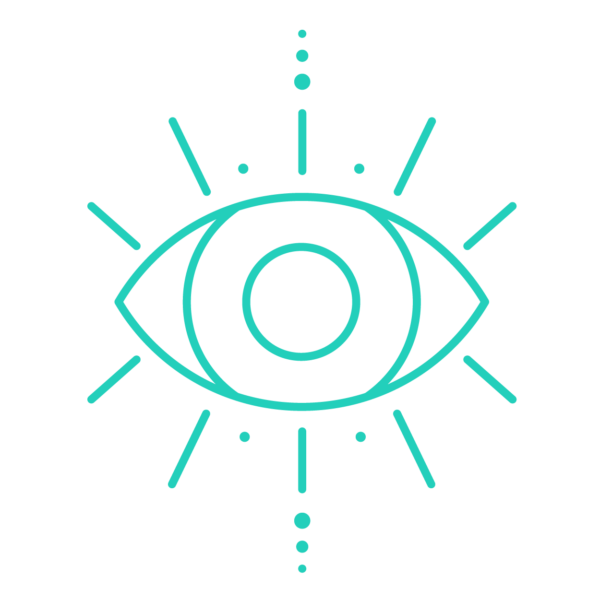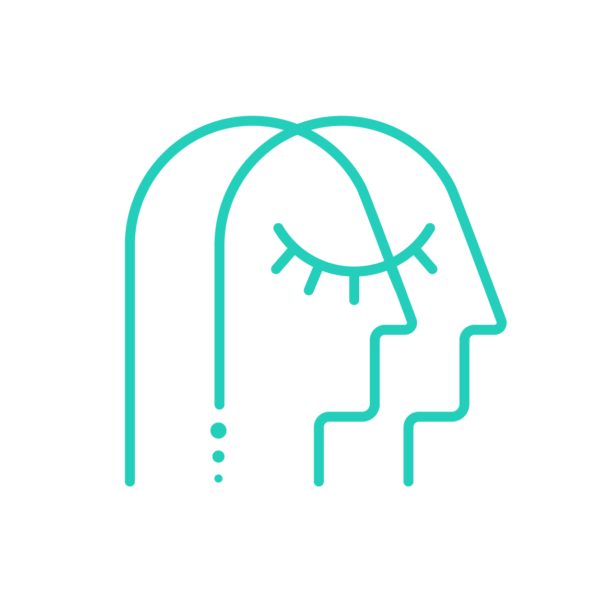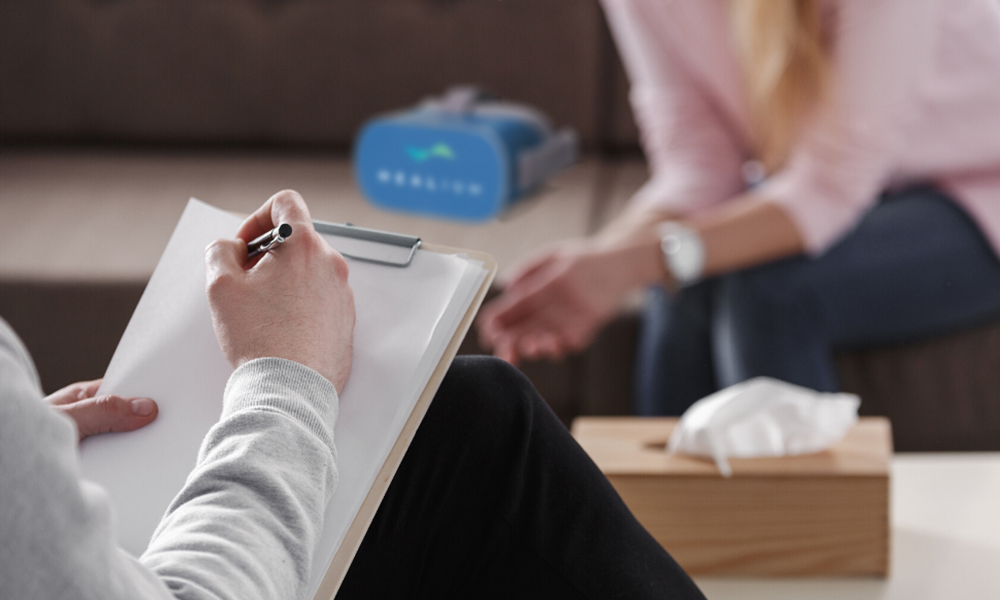




The second article in our series, Dr. Jeff Tarrant reviews a practical application of Healium in a behavioral health setting.

S. is a young adult client with some autoimmune concerns as well as some obsessive-compulsive tendencies. She would also have anxiety attacks that verged on panic several times a week, usually in response to something her roommates did that was upsetting to her.
When she began feeling agitated, things would tend to escalate quickly. On a scale from 1-10, she would typically rate her baseline level of agitation and anxiety at a 7.
During times of distress, this would quickly elevate to a 10. Much of our work related to helping her develop skills to manage these overwhelming feelings.
We used a variety of techniques including heart rate variability biofeedback, breathing exercises, mindful coloring, and using Healium.
When this client would become agitated in session, I would remind her of her skills and ask her to choose one that she thought might be helpful in that moment. Frequently she would choose Healium.
While this client was familiar with the software and experiences, at times I would also suggest experiences for her. For example, if she was ruminating about a particular fear or concern, I would recommend something a bit more engaging to draw her attention away from the repetitive thoughts.

Awake the Light or Dream Pool are good examples of this type of experience. At times I also suggested an experience she had not seen yet. The novelty of the experience could serve as a powerful distraction.
While S. was in the experience I would be observing her body language and watching for any signs that she was beginning to relax. This is usually evident in a change in posture, breathing, or even letting out a sigh.
When I would notice any of these cues, I would point it out to the client while they were still in the experience (e.g., “I wonder if you notice any changes in your body or your breath”). If she is unable to identify the changes, I would more actively point them out (e.g., “seems like your breathing has slowed down”).
As she started to relax, I would ask her to rate her current level of agitation (while still inside the VR goggles). If the level was still above baseline, I would then ask if she wanted to stay in Healium a bit longer. This process would continue until she was able to rate her agitation at the baseline level. In some cases, a single Healium experience was enough, other times she would do several experiences.
You can see from this example that Healium can be used as a tool to assist in distracting from unwanted thoughts/feelings, breaking the stress cycle, increasing self-awareness, and developing self-regulation skills.

With some clients, the Healium experiences can be internalized such that they are able to reduce their agitation simply by imagining or remembering the VR experience.
In other cases, clients/students will purchase their own Healium VR kit, rent one from the therapist’s office, or download the Healium AR app for their phone.